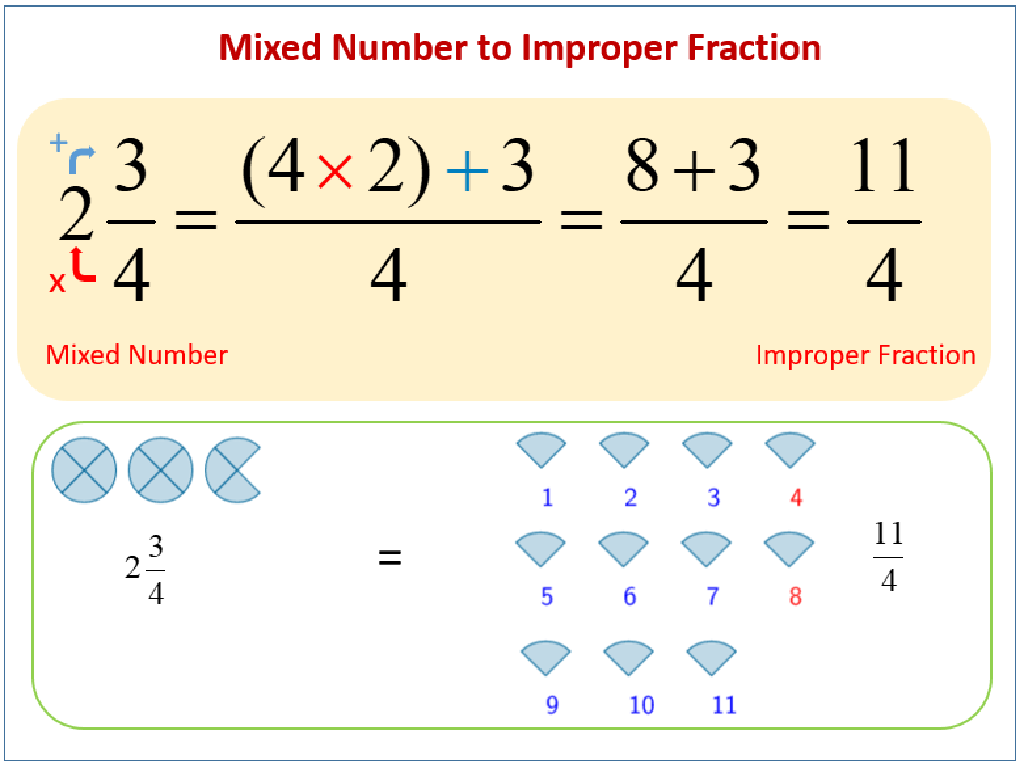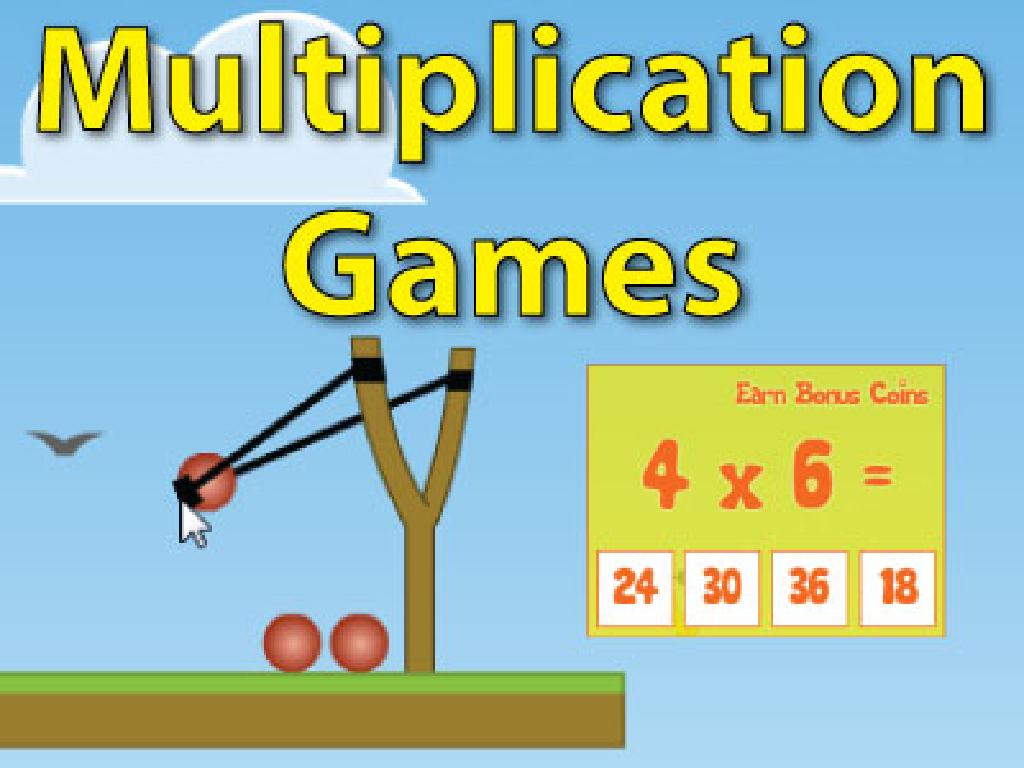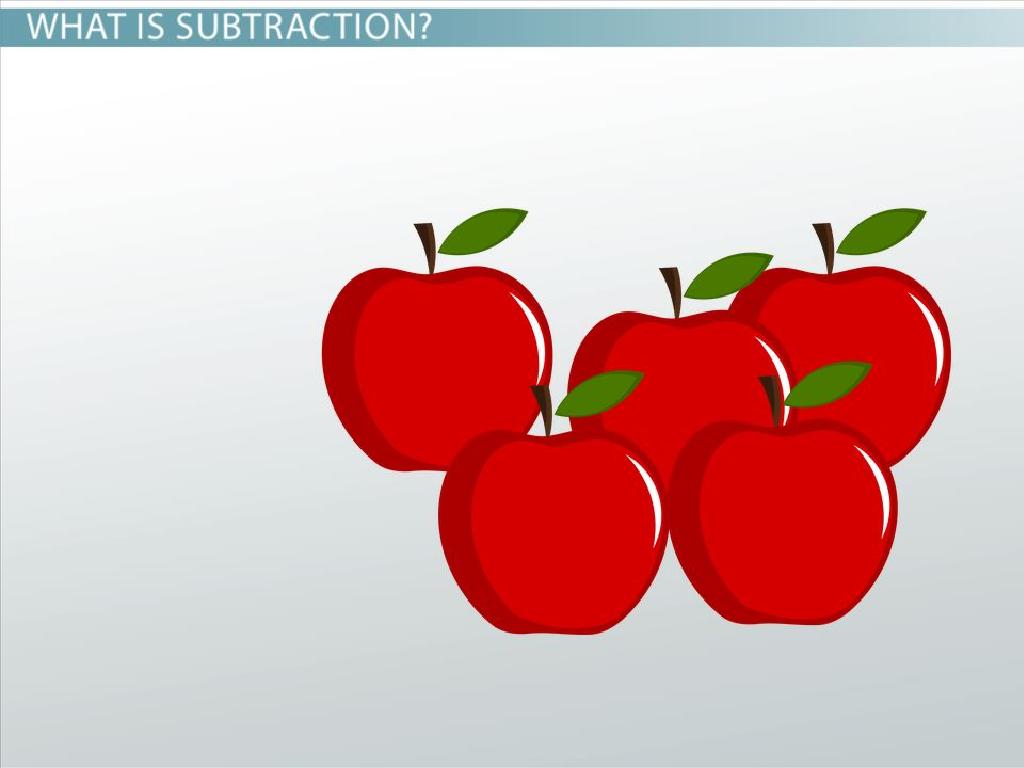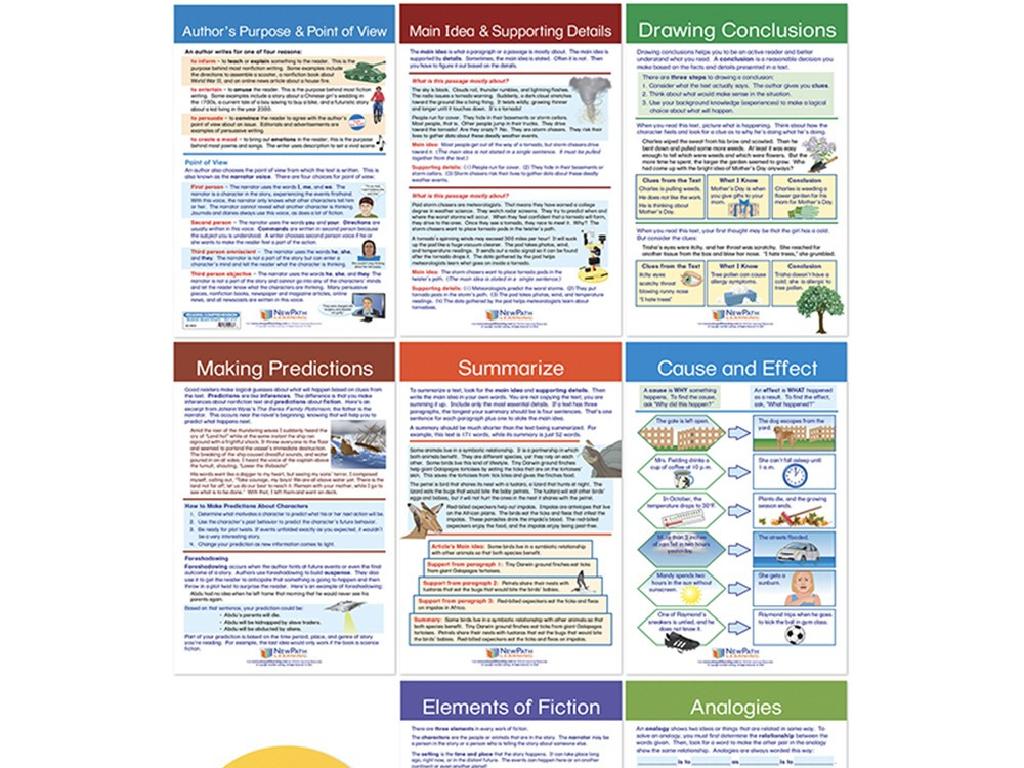Is The Sentence Declarative, Interrogative, Imperative, Or Exclamatory?
Subject: Language arts
Grade: Eighth grade
Topic: Sentences, Fragments, And Run-Ons
Please LOG IN to download the presentation. Access is available to registered users only.
View More Content
Exploring Sentence Types
– Four main sentence types
– Declarative: states a fact or opinion, e.g., ‘The sky is blue.’
– Importance of sentence types
– Knowing types helps convey the right message
– Declarative sentences explained
– Interrogative: asks a question, e.g., ‘Is the sky blue?’
– Interrogative, imperative, exclamatory
– Imperative: gives a command, e.g., ‘Look at the sky.’ Exclamatory: expresses strong emotion, e.g., ‘What a beautiful blue sky!’
|
This slide introduces students to the four main types of sentences, which are foundational for understanding and mastering English grammar. Emphasize the importance of recognizing these types to communicate effectively and express different tones or intentions. Declarative sentences make statements, interrogative sentences ask questions, imperative sentences give commands or make requests, and exclamatory sentences express strong emotions. Provide examples for each and explain how punctuation typically differs among them. Encourage students to come up with their own examples and consider how changing the sentence type can change the meaning or tone of a message.
Understanding Declarative Sentences
– Define declarative sentence
– A sentence that states a fact or opinion.
– Example of a declarative sentence
– ‘The sky is blue.’ states a clear fact.
– Characteristics of declarative sentences
– Ends with a period, used to convey information.
|
This slide introduces declarative sentences, which are the most common type of sentence used in writing. They are straightforward and present information, facts, or opinions clearly. The example provided, ‘The sky is blue.’, is a simple statement of fact that students can easily understand. Emphasize that declarative sentences always end with a period. This is a foundational concept in understanding sentence structures and will help students in identifying and writing clear and concise sentences. Encourage students to come up with their own examples of declarative sentences and to recognize the characteristics that define them.
Interrogative Sentences
– Definition of interrogative sentence
– A sentence that poses a question
– Example of an interrogative
– ‘Is the sky blue?’ asks about the color of the sky
– Characteristics of interrogatives
– Ends with a question mark, seeks information
|
This slide introduces the concept of interrogative sentences, which are a fundamental part of English grammar. An interrogative sentence is designed to ask a question and is easily identified by its ending punctuation mark: the question mark. It’s important for students to recognize that these sentences always seek to gather information, prompting a response. Use the example ‘Is the sky blue?’ to show how a simple question is formed and to discuss the structure of interrogative sentences. Encourage students to come up with their own examples of interrogative sentences and consider what kind of answers they might prompt.
Understanding Imperative Sentences
– Define imperative sentences
– A sentence that commands or requests something.
– Example of an imperative sentence
– ‘Please close the door.’ is a polite request.
– Characteristics of imperatives
– May end with ‘.’ or ‘!’ based on urgency or emphasis.
– Tone variation in imperatives
|
Imperative sentences are used to issue commands or requests. They are an essential part of language, allowing us to direct others. For example, ‘Please close the door.’ is a common request. It’s important to note that while these sentences often end with a period, they can also end with an exclamation mark to convey a stronger emotion or urgency. When discussing this with students, emphasize the tone and how it affects punctuation. Have students practice identifying and creating their own imperative sentences, considering how changing the tone alters the punctuation used.
Exclamatory Sentences
– Define exclamatory sentence
– A sentence that shows strong emotion or excitement
– Example: ‘What a beautiful day!’
– Ends with an exclamation mark
– Not just any sentence; it must end with ‘!’ to show strong feelings
– Expresses excitement or surprise
– Use when feeling amazed, shocked, or joyful
|
An exclamatory sentence is used to convey strong emotions, such as excitement, surprise, happiness, or shock. It always ends with an exclamation mark. This punctuation is key to differentiating exclamatory sentences from other types. When teaching this concept, emphasize the emotional aspect of exclamatory sentences and how they differ from ordinary statements. Provide various examples and ask students to create their own exclamatory sentences, focusing on the use of the exclamation mark and the expression of strong feelings. Discuss appropriate contexts for using exclamatory sentences, such as in creative writing or informal communication.
Identifying Sentence Types
– Tips for sentence identification
– Key punctuation marks
– Periods end statements; question marks end questions; exclamation marks end exclamations.
– Sentence purpose understanding
– Is it stating a fact, asking a question, giving a command, or expressing strong emotion?
– Practice with examples
– ‘The sky is blue.’ (declarative) ‘Are you coming?’ (interrogative) ‘Please sit down.’ (imperative) ‘Wow, that’s amazing!’ (exclamatory)
|
This slide aims to equip students with the skills to identify different types of sentences based on punctuation and purpose. Emphasize the importance of recognizing the end punctuation to determine if the sentence is declarative, interrogative, imperative, or exclamatory. Discuss how the purpose of a sentence often aligns with its punctuation: statements end with periods, questions with question marks, commands may end with periods or exclamation marks, and exclamations with exclamation marks. Provide ample examples for each type and encourage students to create their own sentences to solidify their understanding. In the next class, review these concepts with practice exercises and group discussions.
Class Activity: Sentence Scavenger Hunt
– Find sentences in a book/article
– Work in pairs for classification
– Collaborate to determine sentence types
– Share findings with the class
– Explain your choices to your classmates
– Discuss the categorization
– Understand the reasoning behind each type
|
This interactive class activity is designed to enhance students’ understanding of sentence types. Students will search for declarative, interrogative, imperative, and exclamatory sentences within a text of their choice. Working in pairs encourages collaboration and peer learning. After the scavenger hunt, each pair will present their sentences and explain why they classified them as such. This discussion will reinforce their knowledge and provide an opportunity for critical thinking. As a teacher, facilitate the activity by providing examples, guiding the discussion, and ensuring each pair understands the sentence types. Possible variations of the activity could include focusing on a specific type of sentence, using sentences from a recent lesson, or creating a competition to find the most examples.
Sentence Types: Recap & Homework
– Recap the 4 sentence types
– Declarative states facts, interrogative asks questions, imperative gives commands, exclamatory shows strong emotion.
– Variety enhances writing
– Using different types of sentences makes your writing more interesting and engaging.
– Homework: Craft sentence examples
– Write two examples for each type: declarative, interrogative, imperative, and exclamatory.
– Share your sentences next class
– Be prepared to present your sentences and explain why you chose them.
|
This slide concludes the lesson on sentence types and sets up the homework assignment. Start by summarizing the four types of sentences: declarative, interrogative, imperative, and exclamatory. Emphasize the importance of using a variety of sentence types to make writing more dynamic and engaging. For homework, students are tasked with writing two examples of each sentence type. This exercise will help reinforce their understanding and prepare them for sharing and discussing their sentences in the next class. Encourage creativity and the use of new vocabulary. Provide a detailed explanation of each sentence type in the notes for the teacher’s reference.




